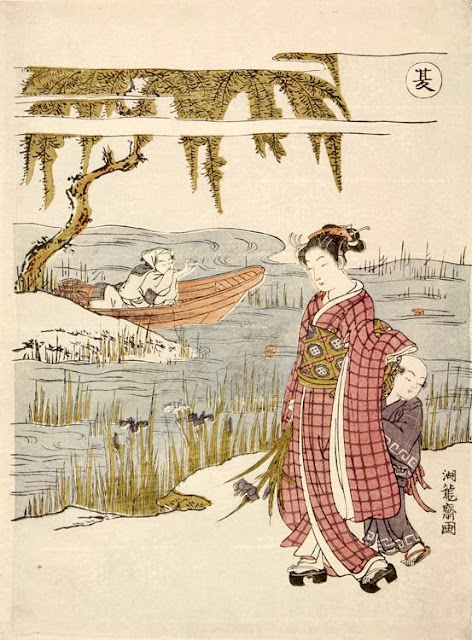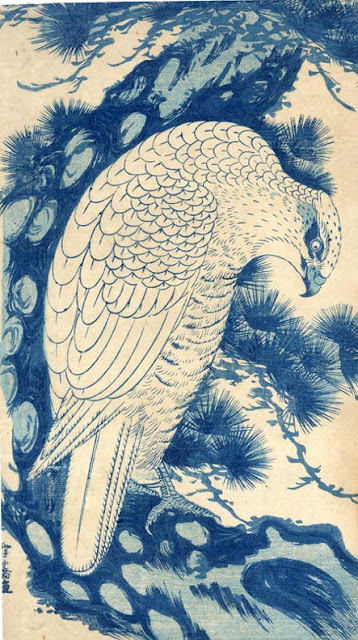 |
| Kunihiro: Nakamura Shikan II as Nuregami Chôgorô and Nakamura Matsue III as keisei Miyako |
Here we have a yakusha-e by Utagawa Kunihiro, Nakamura Shikan II as Nuregami Chôgorô and Nakamura Matsue III as keisei [courtesan] Miyako in the play Futatsu chôchô kuruwa nikki, from the Kado Theater in Osaka in 1827.





